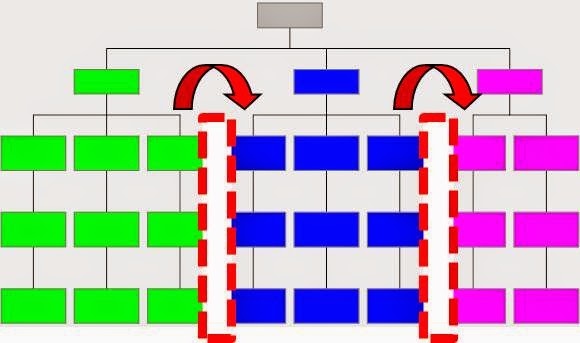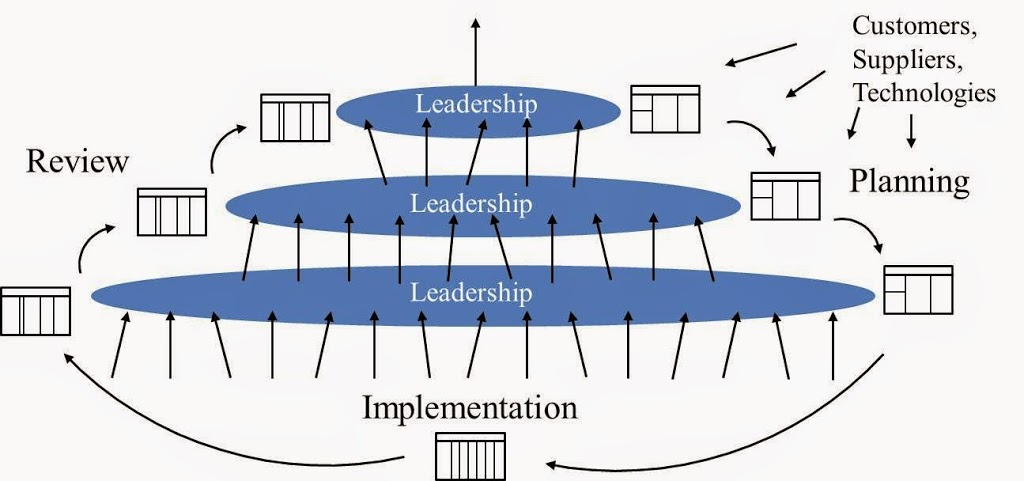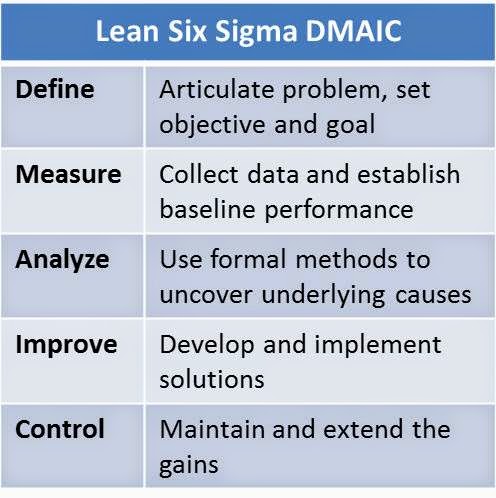You contact a company trying to get a problem solved and you find yourself passed between multiple departments. While people are sympathetic, their response is, “It’s not my job.” Despite multiple voice mails and e-mails, you get nowhere. Your issue has fallen into the company’s “white space,” the cracks between the boxes on the organization chart.
You’ve probably experienced white space issues inside your own organization, too. People perform departmental tasks smoothly, but there’s friction interacting with other groups. Processes don’t flow. Often things get “thrown over the wall,” there’s lots of finger-pointing, and it’s difficult to get things done.
Functional silo-ism first rears its ugly head when companies reach about 40 employees. At this threshold, companies must departmentalize to increase technical capabilities and bolster management’s span of control. But priorities slowly begin to shift. Soon pleasing the boss becomes more important than making customers happy. As the firm continues to grow, functional barriers get larger and more entrenched. Left unchecked, departmental relationships can become adversarial, paralyzing new product development, service delivery, customer acquisition, and customer care efforts.
Four tools that reduce silo-ism
Progressive companies deploy countermeasures to mitigate the effects of white space behavior. Top organizations combine the four management practices below to substantially diminish internal friction and dramatically increase performance.
1. Hoshin Kanri
What it is: Developed in the 1960’s at the Bridgestone Tire Company in Japan, hoshin kanri (literally translated “a bright, shiny needle”) is a rigorous, integrated system of planning, implementation, and review that points the way like a compass needle. Caterpillar, 3M, Toyota, Bosch, Danaher and many other leading companies use it.
How it works: Senior executives collaborate to prioritize common issues, and then decide on a single breakthrough. The objective is then decomposed into a smaller set of strategies, each featuring its own executive owner and performance measure. Leaders cascade the plan throughout the organization, finally defining implementation plans at lower levels. Formal hoshin reviews then roll up progress, allowing executives to eliminate barriers that crop up. The method’s closed-loop system promotes intense focus, relentless execution, and forward momentum.
Why it works: Unlike the common Management by Objectives (MBO) approach, hoshin aligns the organization around business, not functional, imperatives. Leaders pass these priorities down and reinforce them across the company. As a result, teams work towards enterprise-wide goals that transcend parochial concerns.
2. Process Mapping
What it is: A time-honored technique used to study workflows, process mapping reveals the “hidden factory” behind service work. Describing the process visually helps teams identify critical handoffs, gaps, rework loops, and queues. After pinpointing improvement areas, teams can then reduce errors, speed cycle times and reduce costs. Value Stream Mapping and Customer Journey Mapping are popular variations of the method.
How it works: Teams define process suppliers, inputs, outputs, customers, and requirements. Then they brainstorm tasks that must be completed to convert inputs into outputs, typically using Post-it® notes and butcher paper to record the workflow. Along the way, mapping participants identify improvement opportunities.
Why it works: Mapping allows people to see the systemic nature of business—everything is connected to everything else, and what happens in one area affects all others. People quickly realize that fast, efficient, customer-pleasing workflows trump choppy, disconnected vertical structures. Top organizations assign executives to lead cross-functional, key business processes, holding them accountable for optimizing teamwork across, rather than inside, department boundaries.
3. Enterprise Dashboards
What it is: The Japanese call an interlinked system of color-coded metrics nichijo kanri, or “daily control.” These displays help people at all levels manage the variables that lead to favorable business outcomes. Each manager’s dashboard typically monitors the key business process he or she oversees using 8-10 essential metrics that describe volume, time, cost, quality or other attributes.
How it works: Leaders define the critical few measures that really matter by analyzing company processes, economic models, and Value Propositions. They calibrate indicators by determining ranges of acceptable values based on stakeholder requirements, process capabilities and business goals. Managers then collect data act appropriately on the signal: “green” means everything is good, “yellow” means keep an eye on it, and “red” means take immediate action.
Why it works: With the right metrics, managers and teams focus on the most essential aspects of the job. They keep things under control and prevent downstream chaos. At top companies, executive dashboards reflect measures tied to cross-functional processes. When reward and recognition is tied to systemic improvement, managers and employees have greater incentives to work with other teams for mutual benefit.
4. Lean Six Sigma
What it is: Lean Six Sigma is the modern integration of two proven methods: lean production and six sigma quality. Lean (a technique pioneered by Toyota in the 1970s) emphasizes speed and helps identify and eliminate wasted time, motion, and raw materials. Six Sigma (a quality method named after an imperceptibly small error rate) aligns processes with customer needs and then reduces defects and excessive variation that causes dissatisfaction. Both have been used for years in manufacturing, and the combined approach is increasingly common in service environments.
How it works: Teams use formal methods to characterize process performance, estimate financial impact, uncover root causes of problems, design solutions, and implement changes. DMAIC (Define-Measure-Analyze-Improve-Control) or RIE (Rapid Improvement Events) provide teams with structure and statistical tools to effectively manage projects. Since teams make systemic improvements, results tend to be more dramatic and sustainable.
Why it works: Teams are often made of up representatives from all functions involved in the workflow. By working together towards common business goals, team members learn to appreciate the challenges people face in other functional areas. Besides creating more effective and efficient processes, a broader “systems view” and stronger interpersonal bonds between people promotes greater cooperation long after the project is complete.
White space problems are a natural part of organizational development. All companies deal with it in one way or another. Fortunately, proven tools and techniques can help young companies arrest its impact and promote scalable growth.
Did you enjoy this article? Subscribe to Excel-lens now and never miss another post





